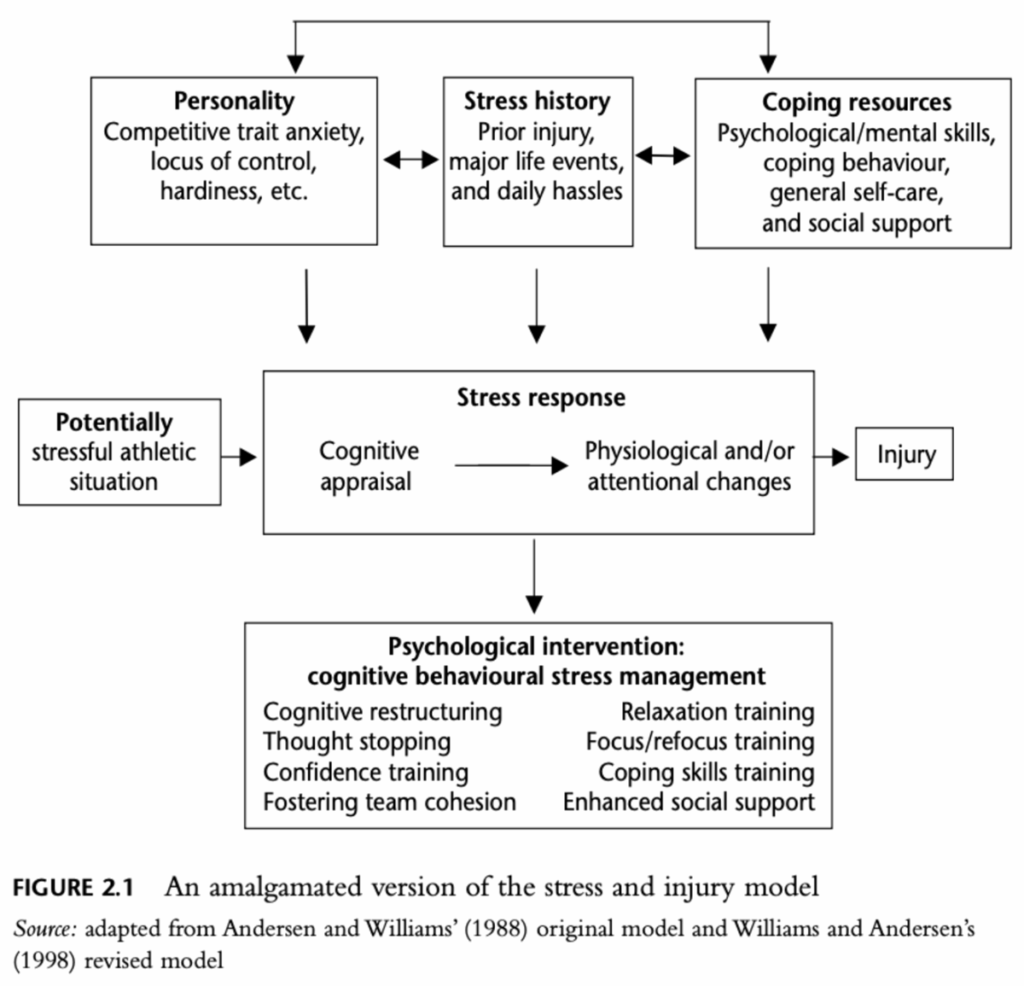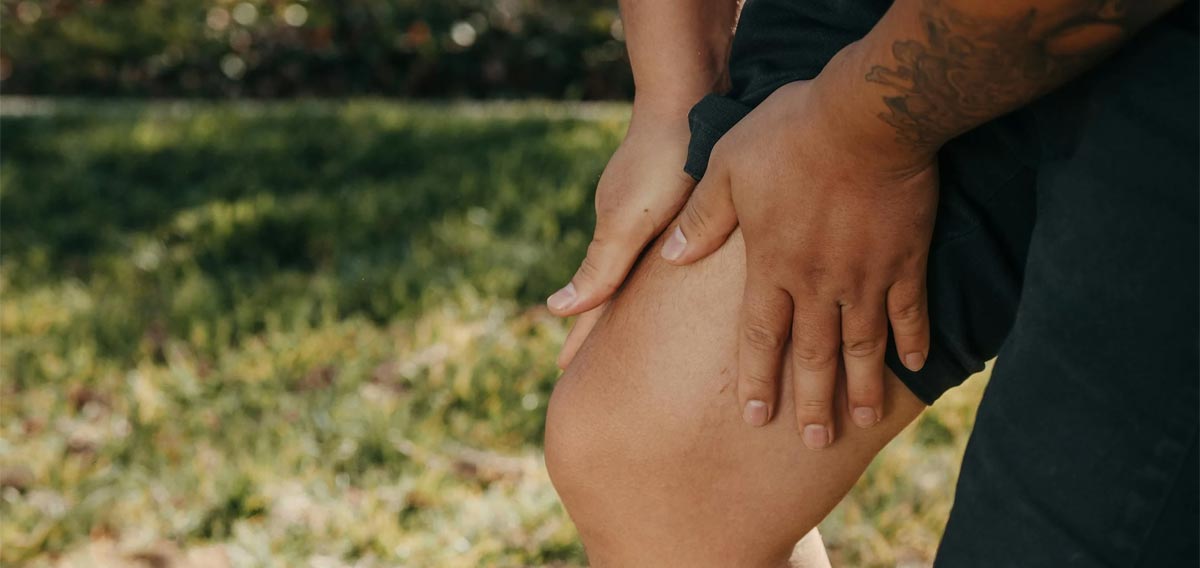Injuries happen! Whether you are a professional athlete or a workout class warrior, injuries can be a normal part of your experience as an athlete. Grief, loss of identity, newfound emotions, and new routines are all parts of recovery that we may not know how to work through – this is where focusing on the mental side with the physical side of injuries can help you move through recovery with ease.
How can Therapy Assist in Overcoming Injuries?
When working with a therapist while you are recovering from an injury, you will be able to turn recovery into your sport. A therapist can better guide you to understand your personal historical mental and physical factors that have lead you to your current self and perception of injuries. You and your therapist will become a team in order to learn how to both keep your identity as an athlete while finding a new identity in recovery. This can happen by creating goals, exploring your self-talk and core beliefs about being injured, creating accountability, identifying obstacles, and celebrating your wins! Your therapist can become part of your team alongside your coach, medical staff, friends, and family. While there are many factors that contribute to how we move through injuries including personality, stress history, and our resources, I believe one of the most important variables is our support system. There are four main categories of support during the rehabilitation process:
Emotional Support – increasing your psychological well-being by allowing you to feel, process, and vent without judgement.
Example: Feeling lost and confused on what to do with their temporary change in routine and identity
Support: Teammate, best friend, family member, therapist
Tangible Support – acts of service including driving you around, assisting with your tasks while injured, creating a schedule for modified workouts
Example: Needing a ride from practice
Support: Teammate, roommate
Motivational Support – frequent check-ins, offering task-specific, celebrating milestones, rehab buddy
Example: Creating SMART plans for pre, during, and post injury
Support: Surgeon, Physical therapist, Athletic Trainer, Therapist
Informational Support – offering support from one with a similar injury, providing treatment options, exploring pain levels, setting realistic goals for recovery
Example: Creating a treatment plan for physical recovery
Support: Athletic trainer, physical therapist, doctor

Anderson and Wiliams’ (1998) created this great model to help us deeper understand how each person can respond to an injury so differently. Our personality, stress history, and coping skills can impact our response to any type of stress, even before an injury may occur. It can be very difficult, I believe nearly impossible, to separate our athlete self from our day to day self.
If you are an athlete that has a history of injuries while also having the ability to maintain your daily routine (eat, sleep), use positive self talk, and are able to identify what you are able to control regarding your pain management and treatment, you can be very successful in not suffering from another injury compared to an injured athlete who does not fuel their body properly, has negative self-talk, focuses solely on their injured body part, and has difficulty asking for support. Once we are able to learn about our identity, personality traits, and how we respond to stress, we will be able to win at our recovery in order to win in our sports. We can start using our personality, competitiveness levels, and daily habits for our success – recovery is your new sport!
3 Quick Exercises to practice:
- Injury Mantras
- mantra’s can be your anchor to keep you grounded during both the successes and challenges of recovery.
- Try these; “Every day, I am stronger,” “I am brave,” or, “One step at a time.”
- mantra’s can be your anchor to keep you grounded during both the successes and challenges of recovery.
- STOP – START – CONTINUE
- What is something I can stop in order to recover successfully?
- Going to bed late, not eating enough, comparing myself to my non-injured self
- What is something I can start doing to recover successfully?
- Practicing mindfulness, celebrating wins, follow a routine
- What is something I can continue doing to recover successfully?
- Continue to attend practices, games, and sessions in order to continue being a teammate, continue following rehabilitation schedule
- What is something I can stop in order to recover successfully?
- Yes, and…
- When noticing grief and comparisons, begin using “Yes, and..”.
- Instead of “I ran a mile, but I used to be able to run three” use “I ran a mile and I’m so excited to run two!”’
- When noticing grief and comparisons, begin using “Yes, and..”.
What would your therapist say about recovering from an injury?
- Identify your supporters – who’s in your corner? (Family, friends, coaches, teachers, medical team…)
- Remind yourself to refrain from the words “always” and “never.” These words can keep you trapped in an injury anxious mindset.
- Refrain from comparing your healing to anybody else’s journey. This is YOUR journey that is unique to YOU and your personality, your stress history, and your coping skills.
You do not have to heal alone – reach out to Kelsey at kelsey@theintuitivecounselinggroup.com to learn more!
Resources
Website – thehiddenopponent.org
Book – Rebound: Train Your Mind to Bounce Back Stronger from Sports Injuries
Blogs/Articles – sidelinedusa.org/becoming-sidelined
Podcast – injuredathletesclub.com/podcast/
Instagram – @theinjurypsychologist

